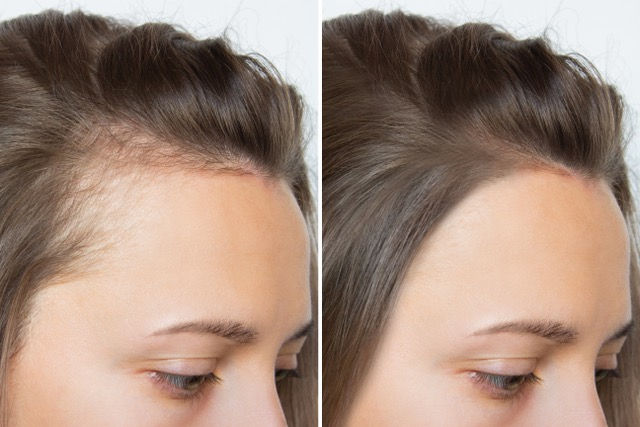Japanese Cosmetics: Local vs. Overseas – What’s the Difference?
- emkalinemkn
- Jul 30, 2024
- 2 min read
Updated: Aug 11, 2024
In the beauty industry, particularly in Japanese cosmetics, there’s often confusion about the differences between Japanese domestic products and their overseas counterparts. With Japan being known for its rigorous standards and high-quality production processes, it’s essential to understand these distinctions to make informed purchasing decisions.

The High Standards of Japanese Cosmetics
Japan’s cosmetics manufacturing standards are among the highest in the world. Before a product can be approved for sale, it must comply with strict regulations that ensure quality and safety. This means that Japanese domestic cosmetics are often superior to products made in other countries. The meticulous attention to detail in the formulation and production process ensures that the final product meets the expectations of discerning consumers.

Variants and Versions: Domestic vs. Overseas
Japanese cosmetics come in different variants, with some products manufactured locally in Japan and others produced overseas. These overseas versions, which might be made in countries like Hong Kong, South Korea, China, Taiwan, or Vietnam, often differ in ingredients and overall quality. As a result, you may notice variations in texture, moisture content, and even packaging.
For instance, Japanese domestic versions tend to have a thicker, denser texture that provides more moisture, while overseas versions may be thinner and more watery, leading to quicker drying times. Additionally, the packaging for Japanese domestic products typically includes a recycling mark and detailed material information, in line with Japan’s strict recycling regulations.

Language and Packaging Differences
One of the most noticeable differences between domestic and overseas versions is the language used on the packaging. Japanese versions are primarily labeled in Japanese, though some significant brands may include partial English text. In contrast, overseas versions often feature English or other local languages, catering to the target market’s preferences.
Making an Informed Choice
When it comes to choosing between Japanese domestic cosmetics and their overseas counterparts, it ultimately depends on your priorities. If quality and adherence to strict manufacturing standards are essential to you, opting for the Japanese domestic version might be the better choice. However, if accessibility and cost are more significant factors, the overseas versions might be more appealing.
Conclusion
The choice between Japanese domestic and overseas cosmetics comes down to personal preference and your value on quality versus convenience. As the beauty industry continues to grow globally, understanding these differences can help you make the best choice for your skincare and makeup needs.
Feel free to share your thoughts—what do you prefer? Which products will you choose? Comment below and join the conversation!
If you’re interested in exploring Japanese cosmetics further or need expert advice on navigating the world of J-Beauty, don't hesitate to contact our global team at Sentique International. We're here to help you make the best choices for your beauty needs!
Below are links to the most extensive and trend-setting store in Japan, as well as its consumer website.




Comments